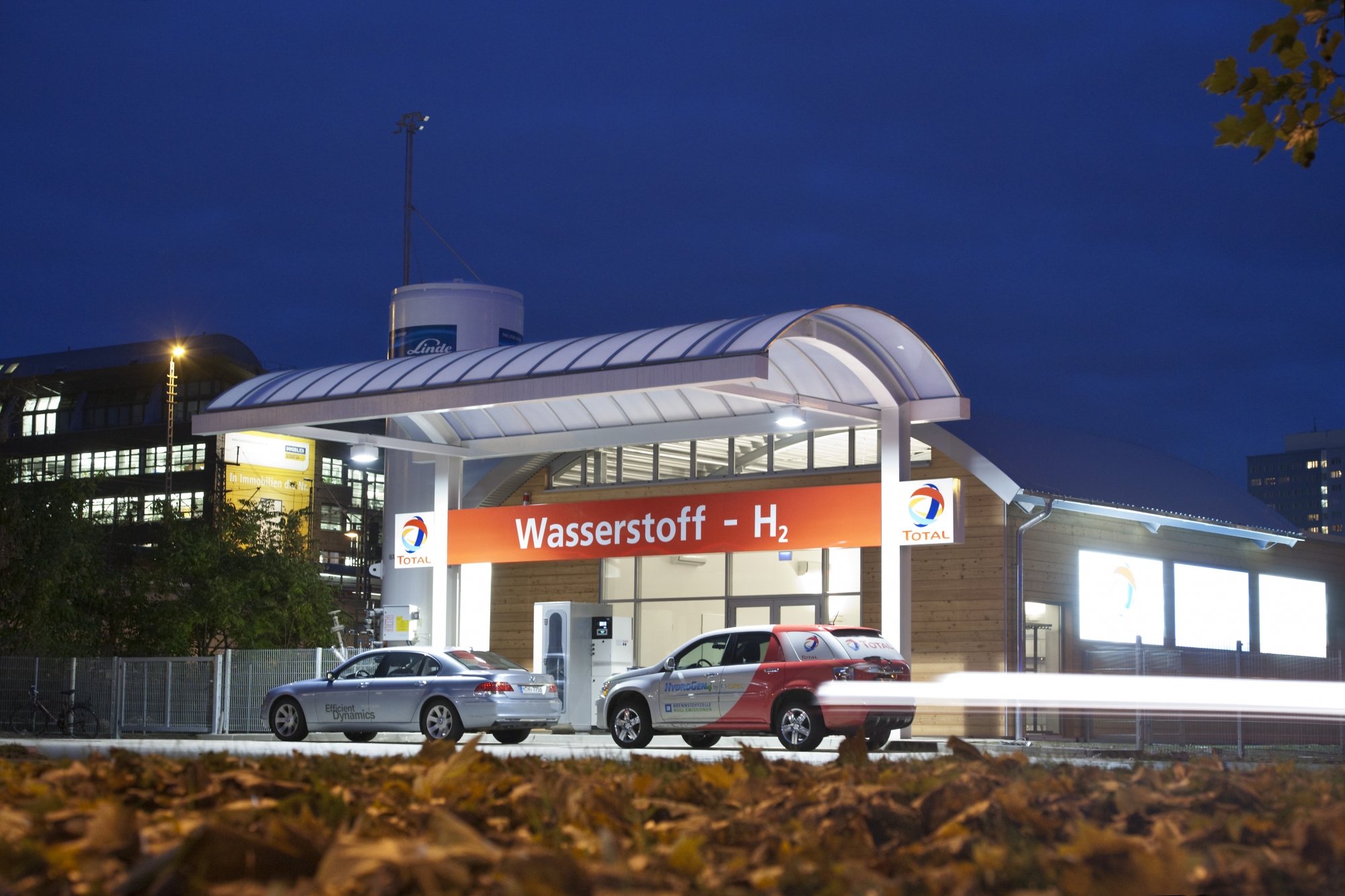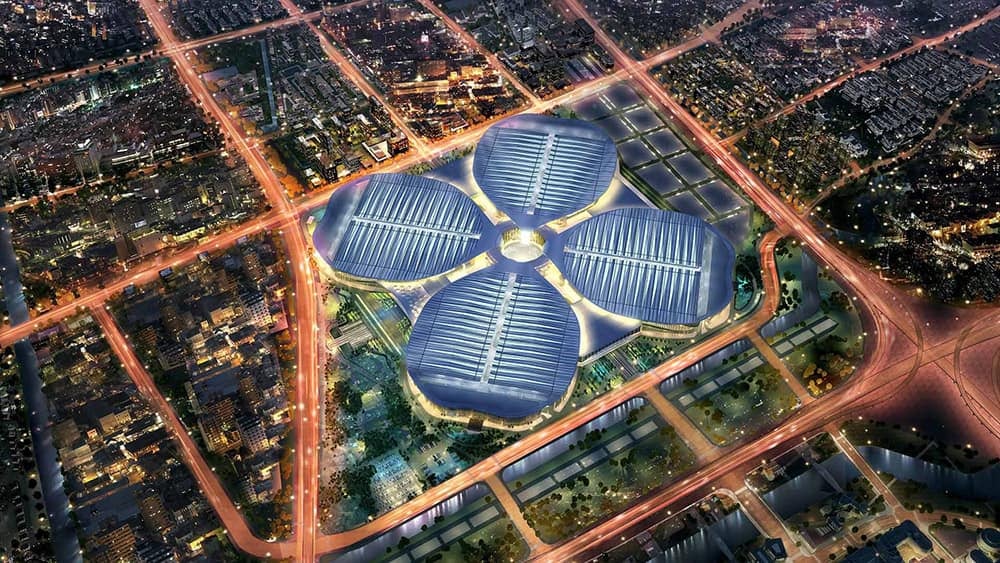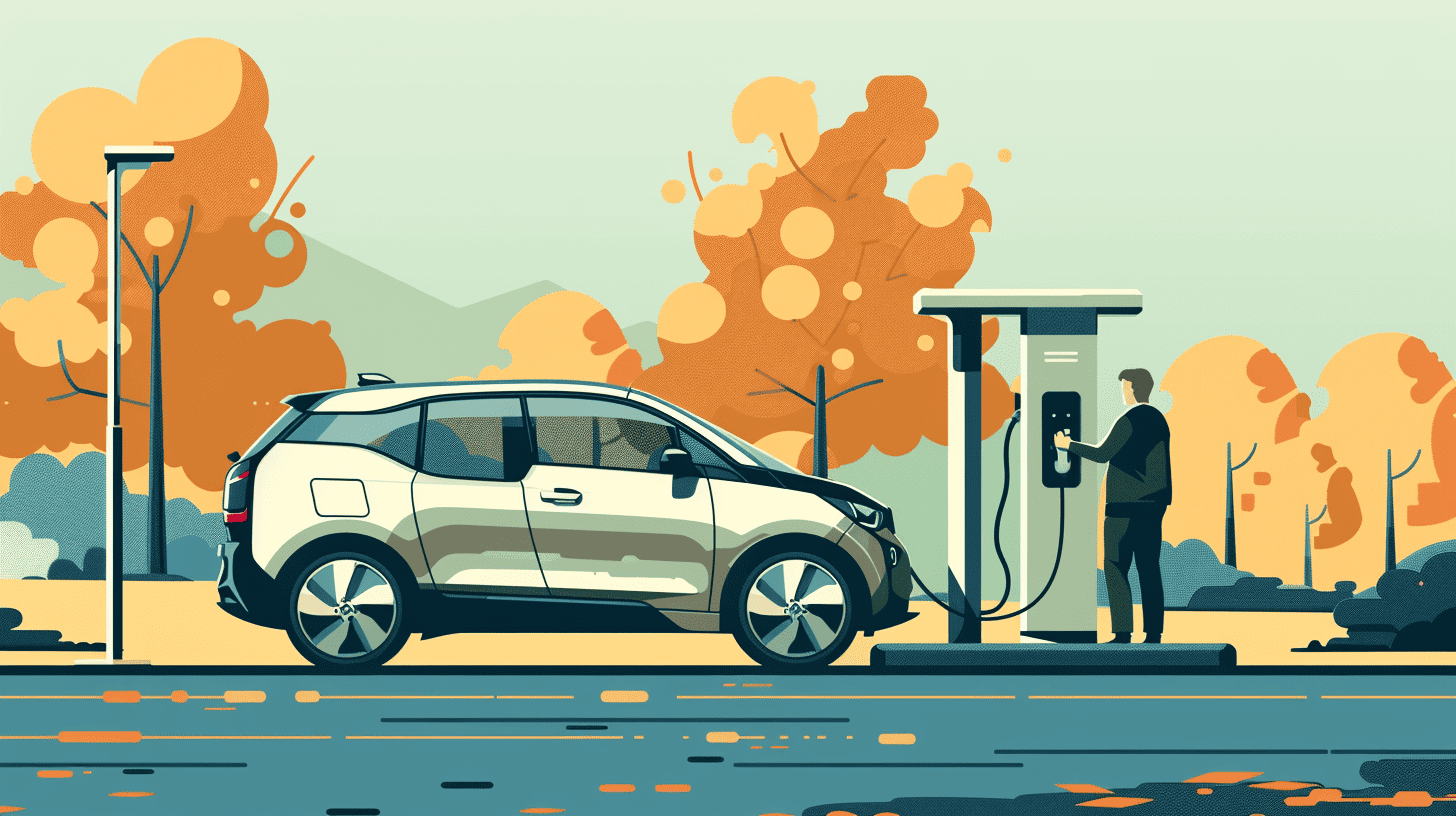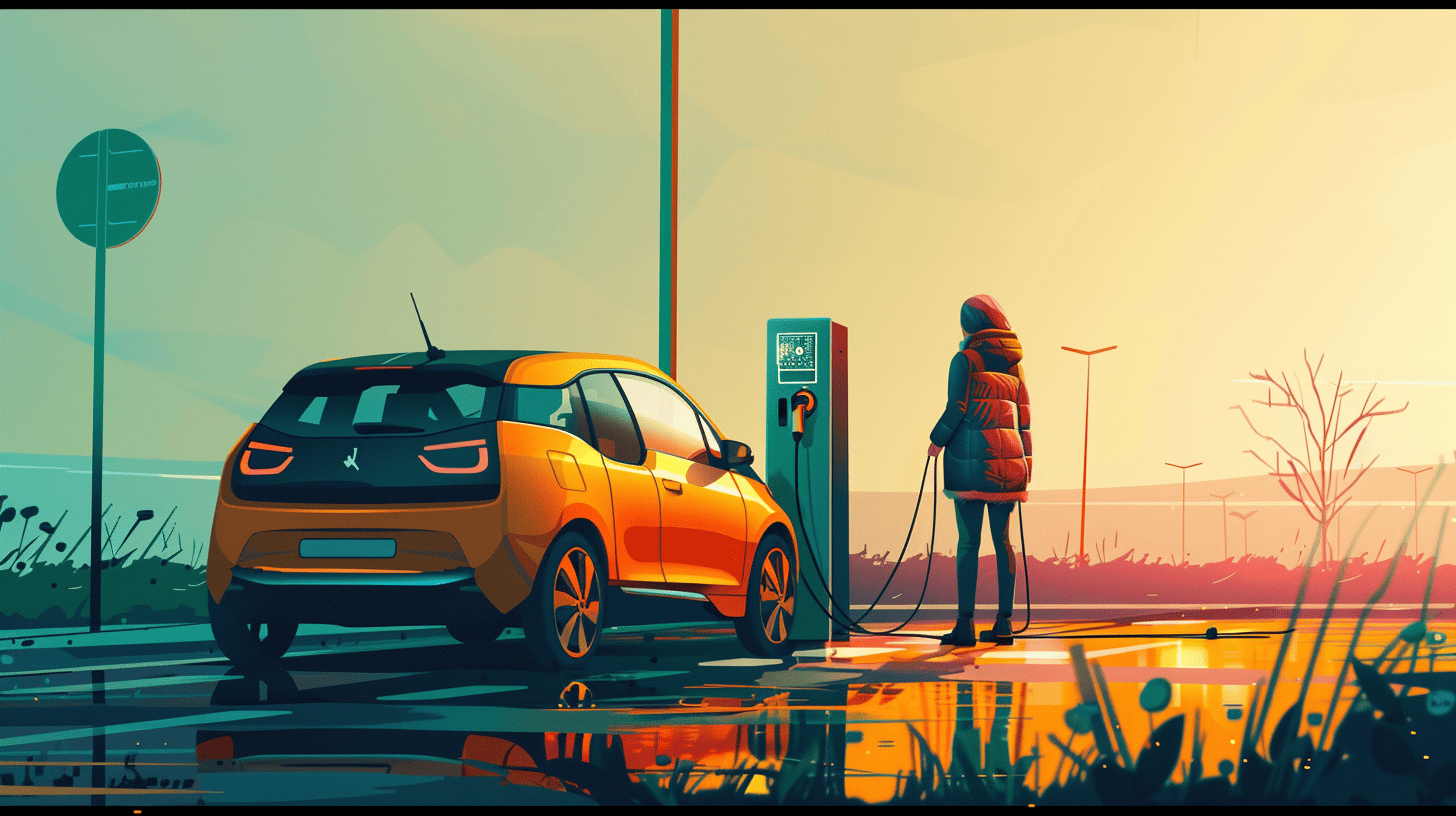
The popularity of hydrogen is rising steadily. Leaders in the hydrogen economy are South Korea, Japan and China. Europe is working hard on it and the US also has strategic plans for hydrogen. We barely see the development of this reflected in the market share of cars. Hyundai sold 4987 units of the Nexo in 2019. The reason why so few hydrogen fuel cell cars are sold is obvious: the infrastructure is not yet properly in place, the fuel cell system is still quite expensive and hydrogen is rather pricey.
Infrastructure costs
Perhaps even more influential has been the huge drop in the price of lithium-ion batteries over the past 10 years. Fuel cells have not experienced any such price drop as of late. This has mainly to do with the economics of scale. When the Tesla Model S was released in 2012, the price of a battery pack was still around US$707 per kWh at 2018 prices. The first Model S had a battery pack which cost around US $60,000 each, a price that was definitely not competitive with combustion engines. Encouragement from our government was needed in order to offset the high price per tonne of CO2 that was avoided. In 2010, this was calculated at more than €1000 per metric tonne. If the costs for infrastructure were included, the aforementioned costs per tonne of CO2 avoided for a zero-emission vehicle would be many times higher.
Nevertheless, it is fortunate that this policy has been followed through. As within a few years the government will be able to opt out on the grounds that there will be a similar level of TCO (Total Cost of Ownership) between an electric car and a combustion engine car. From that moment on, the costs per tonne of reduced CO2 are negative, in other words, they represent savings.
Price wars
If fuel cell cars also reach the production numbers of Battery EVs, the price drop will be practically identical. According to the US Department of Energy (DOE) the fuel cell can be cheaper by a factor of 4.5. Composite tanks by a factor of 2.5. Then the price of the car is certainly competitive, although the infrastructure and the price of hydrogen still has to be dealt with. This seems unsolvable. Yet problems are only problems if problems are perceived as problems. So we should look at the bigger picture.
In a low-carbon future, the geopolitical dynamics of renewable hydrogen could be linked to those of conventional energy sources. For example, natural gas and oil. Today’s geopolitical tensions are often related to energy. An abundance of resources creates geopolitical influence, while a lack of resources highlights vulnerability.
Catalyst for conflict
Consequently, inequalities in access to resources often serve as a catalyst for international conflicts. Natural oil reserves are highly concentrated in specific parts of the world. Five countries account for more than 60% of total oil reserves. For decades, Russia has been by far the EU’s main supplier of natural gas and oil. Accounting for 40.5% and 27.3% of non-EU imports in 2018. The 2019 drone attacks on Saudi Arabia’s oil infrastructure illustrated the global impact of oil supply disruptions. After the attack, global oil prices soared sharply.
South Korea is invested
It is partly for this reason that South Korea will invest approximately US$22 billion in a public-private hydrogen-powered vehicle ecosystem between now and 2022. Its roadmap to a hydrogen economy states that by 2040, 6.2 million hydrogen fuel cell vehicles will have to be produced. 3.3 million of which are intended for export. In that same year, 15 Gigawatts of energy will also have to be supplied, 7 GW of which for export. With these plans, South Korea will reduce its dependence on oil-exporting countries. As well as in part due to its dependence on strategic raw materials. Seeing that a hydrogen fuel cell car only needs a small battery package. Or that fuel cells are not affected by shortages and price increases of lithium, copper, cobalt.
The importance of hydrogen is also acknowledged in The Netherlands, as evidenced by the recent parliamentary vision on hydrogen presented by the Ministry of Economic Affairs and Climate Policy (EZK). It remains to be seen whether the rapid development of hydrogen fuel cells and the associated infrastructure can outweigh the lead that battery electric vehicles currently have. Especially with regard to the short term. Albeit some interesting developments have been reported. Several researchers are convinced that they will be able to produce green and clean hydrogen out of oil fields for up to 10 cents per kilogram.
About this column
In a weekly column, alternately written by Buster Franken, Eveline van Zeeland, Jan Wouters, Katleen Gabriels, Mary Fiers, Tessie Hartjes and Auke Hoekstra, Innovation Origins tries to find out what the future will look like. These columnists, occasionally supplemented with guest bloggers, are all working in their own way on solutions for the problems of our time. So tomorrow will be good. Here are all the previous articles.








